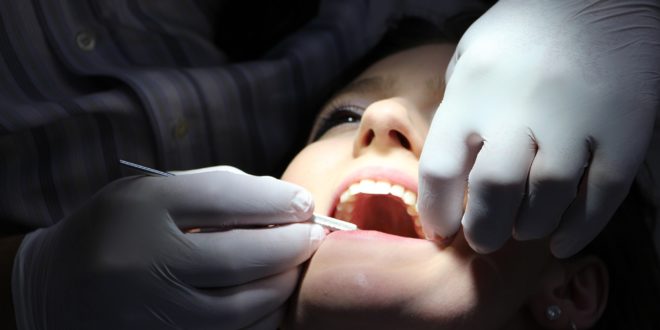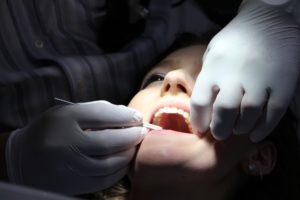Dental check-ups are an important part of your health.
You may think dental check-ups are all about getting your teeth cleaned. But your dentist does much more than polish your pearly whites when you visit. Regular dental visits are important because they allow your dentist to:
- Detect cavities early. Your dentist examines your teeth to find cavities while they’re still minor. The earlier you catch them, the less expensive cavities are to treat.
- Catch gum disease early. Many people with gum disease don’t even realize they have it.
- Detect early-stage oral cancer. Your dentist can check your mouth for signs of oral cancer. This is especially important if you smoke or use tobacco.
- Check your fillings. Your dentist will examine your fillings to make sure they’re secure and find any that are defective or have decay.
- Catch dry mouth or bad breath. Your dentist can catch and treat oral conditions that cause dry mouth or bad breath.
- Review your oral hygiene. Your dentist and hygienist can help you build and maintain good dental hygiene habits.
- Protect your overall health. Research has linked gum disease to heart disease and diabetes.1
Two types of dental problems
Dental problems usually fall into one of two categories: tooth decay and gum disease. Your dentist can help you fight both of these problems.
- Tooth Decay. Tooth decay is the destruction of the tooth’s enamel. It happens when foods containing carbohydrates (sugars and starches) are left on the teeth. Bacteria that live in the mouth thrive on these foods. They produce acids, which can destroy tooth enamel and result in tooth decay. Tooth decay can happen at any age.
- Gum Disease. Gum (periodontal) disease is a chronic bacterial infection that affects the gums and bone supporting the teeth. Gingivitis is a milder form of gum disease that only affects the gums. But gingivitis can lead to a more serious, destructive form of gum disease called periodontitis.
Article provided by Cigna.1 Periodontal (Gum) Disease: Causes, Symptoms, and Treatments” NIH. December 2014. http://www.nidcr.nih.gov/oralhealth/Topics/GumDiseases/PeriodontalGumDisease.htm#howDoI










Join the Discussion
Type out your comment here:
You must be logged in to post a comment.